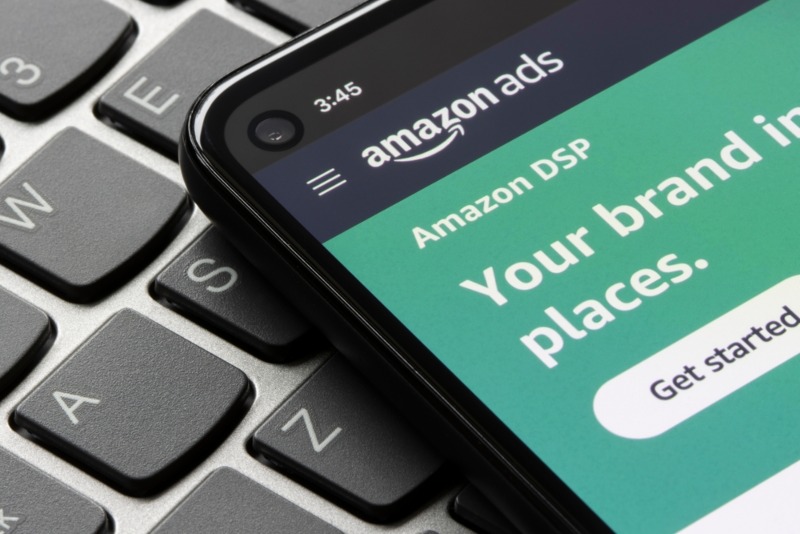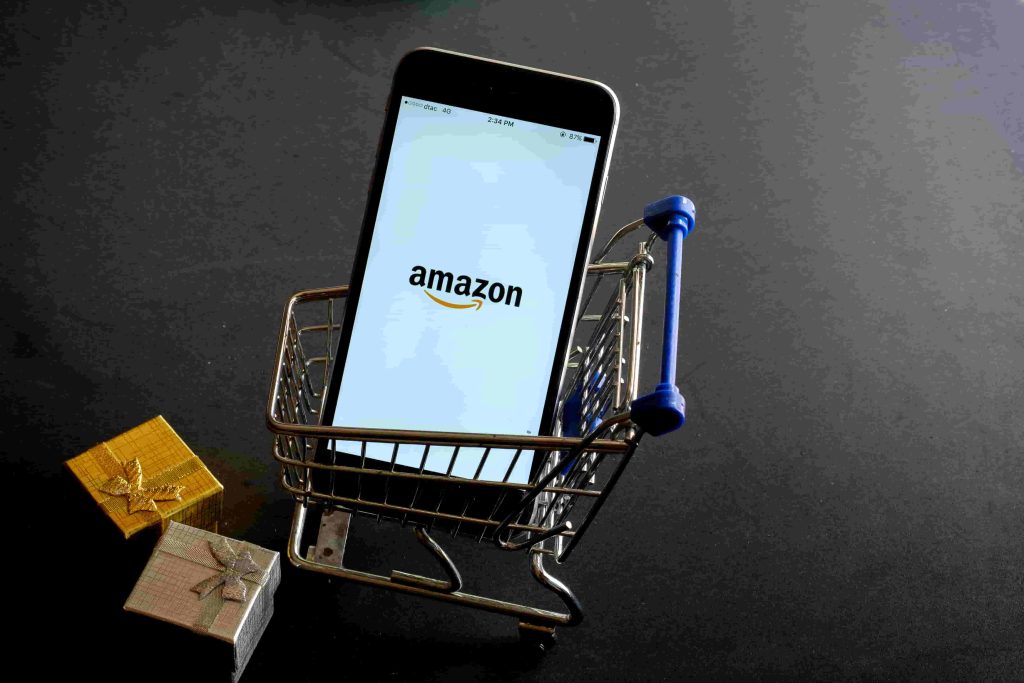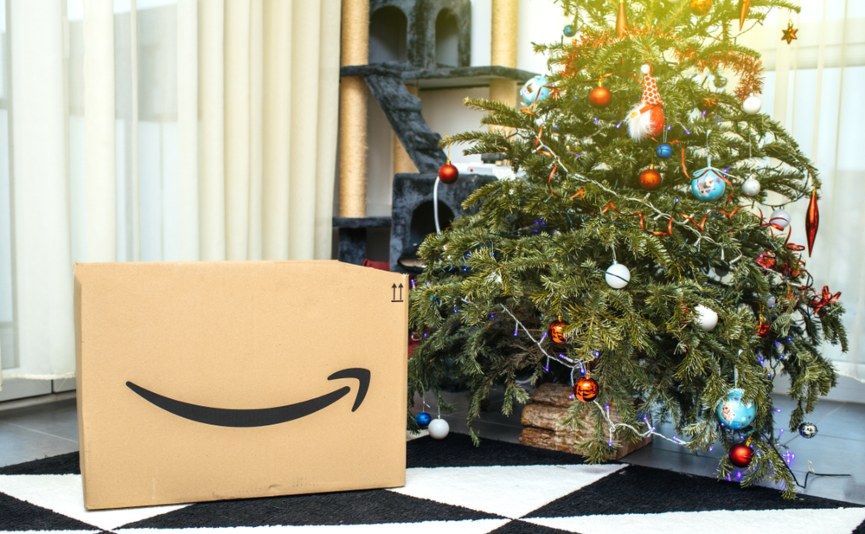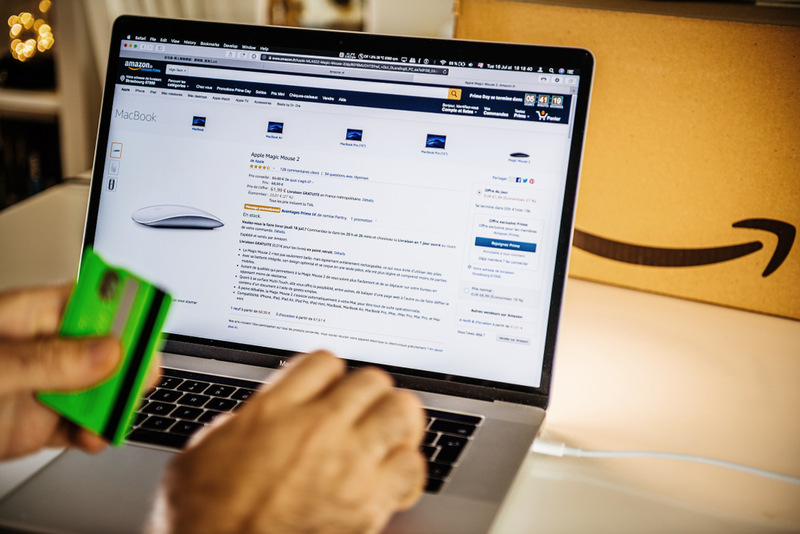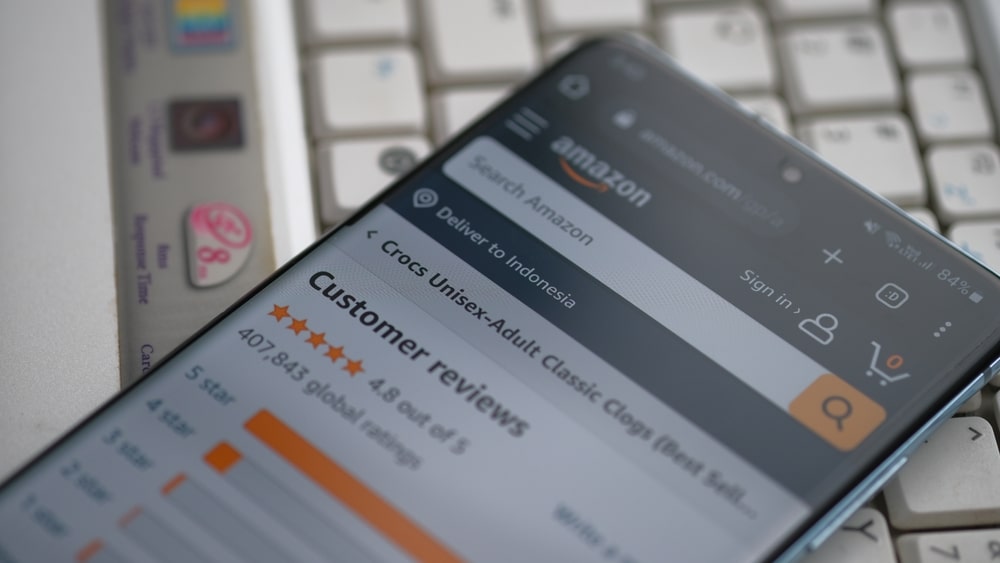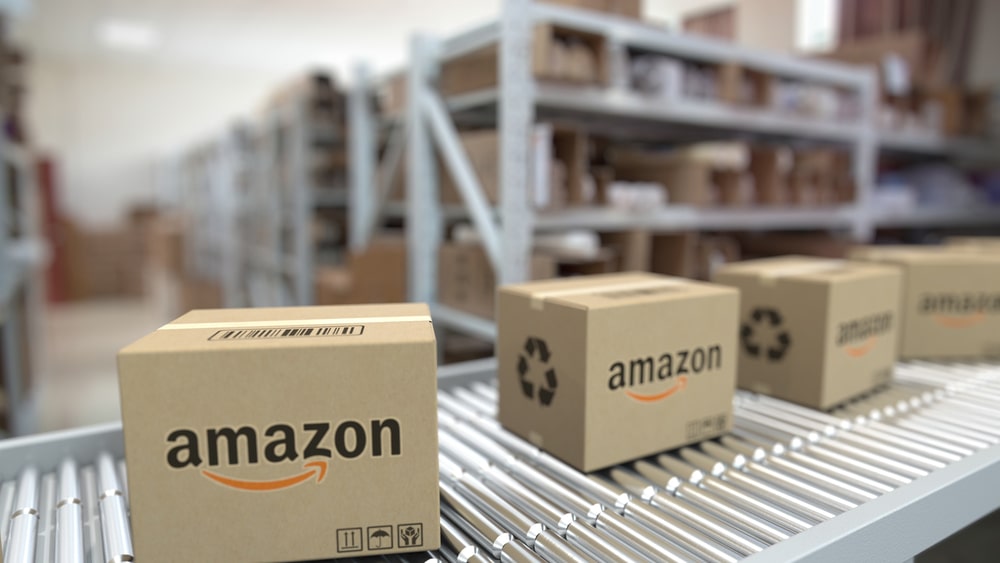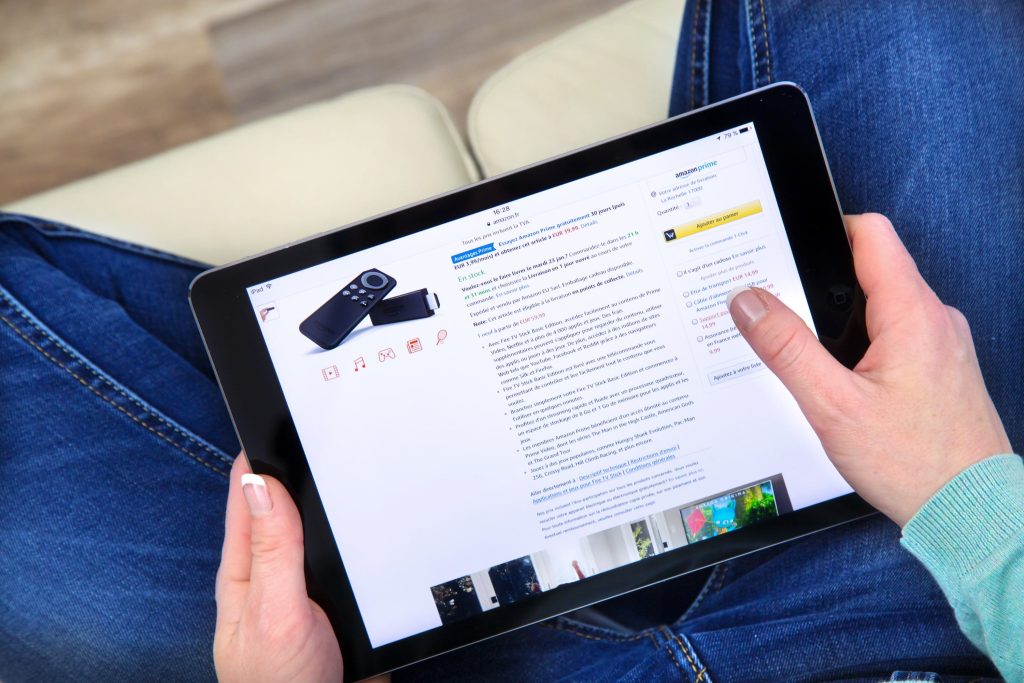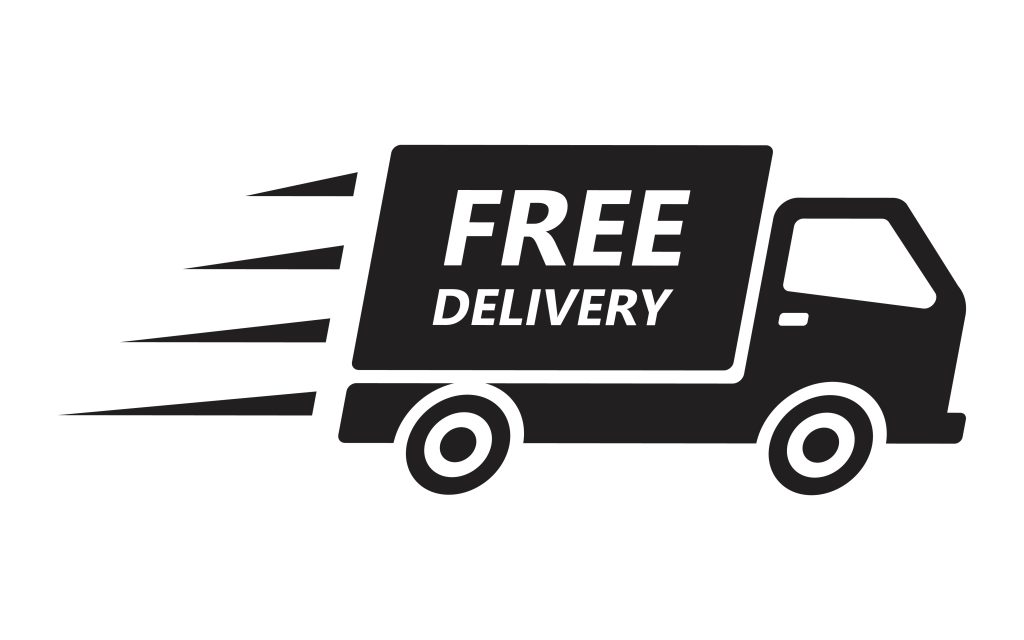Since Amazon opened its doors to third-party sellers, it has witnessed immense growth in sales and the number of customers worldwide. Because of this, Amazon continues to develop new programs and implement changes in the marketplace to make the ecommerce experience more convenient and orderly. Even though sellers will benefit from these, some need help to keep up with the changes Amazon implements on top of managing their stores.
If you run your office supplies business alone, you might feel overwhelmed by having to shift your gears and adjust to the changes. Even if you have a business partner, you might still encounter difficulties without an expert's guidance. Fortunately, you can free yourself from these worries by hiring an account manager.
In this article, Seller Interactive will help you learn some information about account management services and how they can help you sell your office supplies more efficiently on Amazon.
What Are Account Management Services?
Account management services are provided by either an individual account manager or an agency with a team of professionals. Whoever you choose to work with can help you scale your Amazon business by setting up your account and providing various marketing strategies. Besides that, they can also optimize your product listings and other content to drive more traffic, increasing your sales.
Most importantly, they can give you constant updates regarding Amazon's new policies, programs, and changes. Because of their expertise and experiences, they can share excellent insights and techniques you can implement in your business. If you maintain a long term relationship with your account manager, they can help you become a success on Amazon.

Benefits of Hiring an Account Manager To Sell the Best Office Accessories on Amazon
Below are a few benefits you can enjoy once you take advantage of the services rendered by an account management service for your Amazon business.
Optimize Your Product Listings for More Visibility
Whether you are a new Amazon seller or not, one of the challenges you will face in the marketplace is to get your products out there to be seen by potential customers. However, achieving this is difficult without knowing how to rank your product listings on the search engine results page (SERPs).
One effective way to rank higher and be more visible in the Amazon SERPs is through search engine optimization (SEO). Agencies offering account management are experts in this field, enabling them to use the right keywords to incorporate into your product listing. Moreover, they can write your bullet points and product descriptions. Lastly, they can craft unique but engaging Enhanced Brand Content (EBC) to attract more customers.
Protect Your Seller Account’s Health
Your Account Health Rating (AHR) is vital to your Amazon business. It reflects your adherence to Amazon's rules and compliance with your duties to improve customer satisfaction. But you might not stay abreast of the new policies Amazon implements. Or, you might find it difficult to work on your account's issues right away, leading to possible account suspension.
These situations are what account management services are trying to avoid. So instead, your account manager will oversee these issues and work with you to resolve them. In this way, you can continue your business and not lose sales due to account suspension.
Assistance in Applying to Various Amazon Services or Programs
Amazon has several services and seller programs that you can enjoy. These include Fulfillment by Amazon (FBA), Sponsored Brands, and Brand Registry and Protection. However, applying for them can be tedious because they require several documents and undergo extensive processes.
If you do not have time to process your applications, you can leave it to your account manager. They are experienced in handling documents and dealing with these tasks. Furthermore, their familiarity with the rules allows them to speed up the process. So, you can trust them with confidential information as you focus on other responsibilities.
Expert Advice on Selling the Best Office Items on Amazon
Sometimes, you will encounter hurdles in your office product business where you must ask for someone else's insights before making a decision. Fortunately, account managers are experts in the business and Amazon selling. So, they can provide helpful advice and recommendations that will suit your business needs and goals.
Last but not least, they can help clients avoid mistakes that can significantly affect the company.

Tips in Finding a Reliable Account Management Service
Now that you know the benefits of hiring an account management service, consider looking for an agency right away. To help you find the right person for the job, here are some tips.
Determine Your Business Needs and Goals
Before you start searching for an account management service, you need to identify what your goals are. Get clear on the results you want to see in your business and put it in words and numbers. Doing this will help you communicate to your would-be account manager what you're expecting from them.
Apart from goals, you also want to find out what services your business needs. What are the specific tasks you want to outsource? Do you need help with bookkeeping, tax preparation, payroll, or all of the above? Make a list of your requirements to help you narrow down your search.
Read Reviews and Testimonials
The best way to know whether an individual or company is trustworthy or not is through their client reviews and testimonials. Clients share their experiences working with account managers by leaving feedback on company websites or profiles. However, you can also find reviews on forums, institutional accounts, and other websites. Feedback can help you discern which companies to approach and which to avoid.
Make sure to thoroughly read up before hiring someone to assess whether they fit your criteria or not. By researching beforehand, you can make an informed decision and not waste time and resources.
Check the Coverage of Their Services
As much as possible, you want to maximize the services you paid for, right? To make this happen, you should also look at all the services an account manager or agency can provide. In this way, you are sure to get your money's worth.
They must have basic and advanced services, such as product listing management, SEO, Brand Registry assistance, and Enhanced Brand Content creation. Check if they can work on the tasks you cannot do on your own. Lastly, it’s best to pick an agent who is well-versed and experienced with office supply businesses on Amazon so that they can tailor-fit their services.
Look for Experience and Expertise
When it comes to handling your accounts, you want to work with professionals who have the right experience and expertise. Look for a service that has been in business for several years and has a proven track record of success. Check their qualifications, certifications, and licenses to ensure they are qualified to handle your accounts.
Look for testimonials from past clients to gauge how successful they are at what they do. A positive testimonial or review is proof of good work. You may even go as far as talking to past clients about their service.
Consider Their Technology and Tools
Technology plays a crucial role in managing your accounts efficiently. Look for a service that uses up-to-date technology and tools to streamline your accounting processes. Check if they offer cloud-based solutions that allow you to access your accounts from anywhere and on any device.
Understand Their Pricing Structure
Account management services charge differently depending on the services they provide. Some charge per hour, while others charge flat fees or take a percentage of your sales. Understand their pricing structure and compare it to other services to determine if it’s reasonable and fits your budget.
Ask About Their Communication and Support
Communication and support are crucial when it comes to working with an account management service. You want to work with a service that communicates clearly and regularly, provides you with updates, and responds promptly to your queries. Ask about their communication channels and support options to ensure you get the help you need when you need it.
Ask for Recommendations From Other Amazon Sellers
Another tip in looking for an account management service is to ask other Amazon sellers. Approach some sellers you know and ask if they can recommend a reliable person or agency to you. They might even suggest the company working with them. But before taking their recommendations, check their reviews first. Verify if they can work on the products you sell and have experience with handling a business similar to yours.
Final Thoughts
Whether provided by an individual or agency, account management services will benefit your Amazon business. They are fully invested in the improvement of a client's business and can help improve your sales and run your business until you see your desired results.
Before partnering with an account management service, you must first read their reviews and comments and check their available services. You can also ask other Amazon sellers' recommendations.
If you are interested in working with an account manager, you can partner with us. At Seller Interactive, we provide full account management services so that you can be worry-free while managing your office supply business.
Call 1-800-820-3746 to get started.

